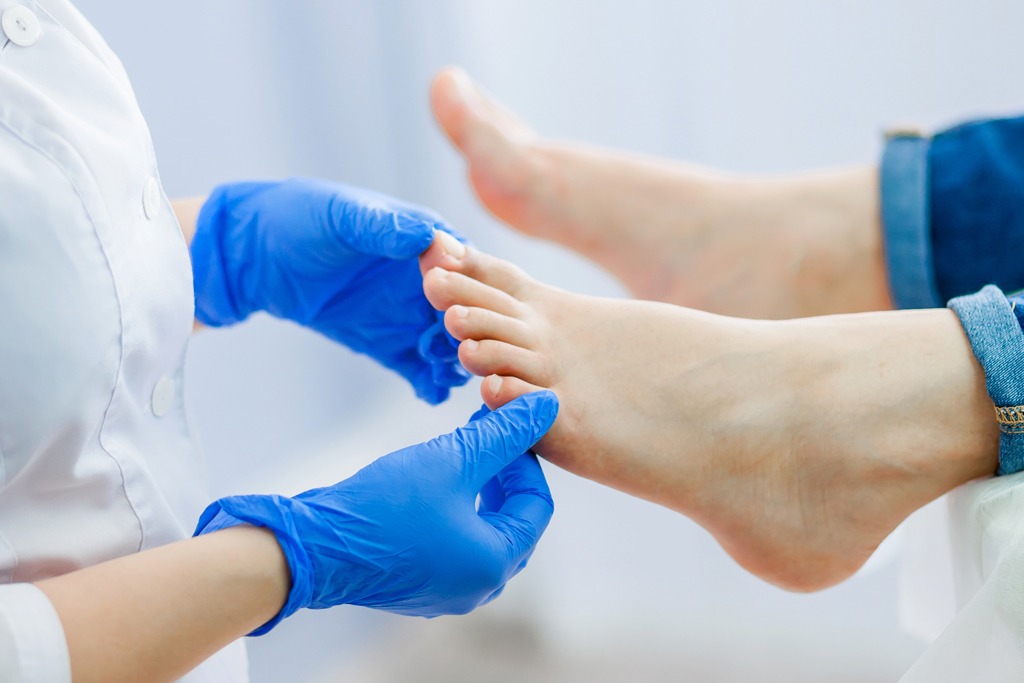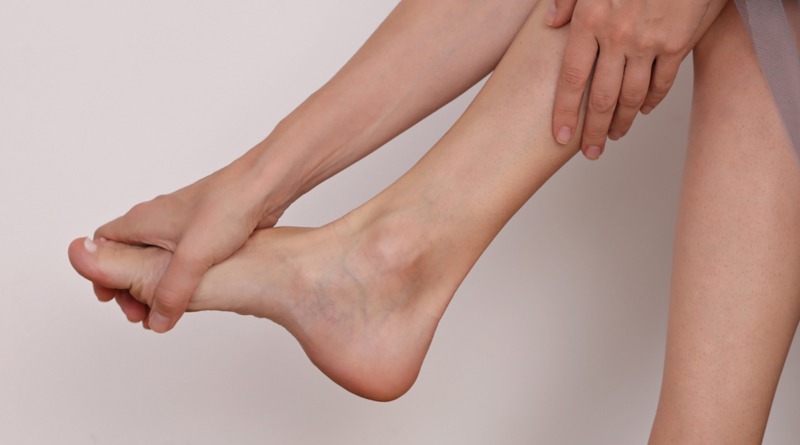
What Is Stiff Big Toe, Big Toe Joint Arthritis, Hallux Rigidus?
Dr. Manson offers specialized hallux rigidus surgery that can offer a permanent solution to common toe pain. Hallux rigidus, sometimes called stiff big toe or big toe joint arthritis, is when you have big toe pain in the joint where your big toe (the hallux) meets your foot. This pain at the base of the big toe is the most common site of arthritis in the foot. This joint is called the metatarsophalangeal, or MTP joint. It’s important because it has to bend every time you take a step. If the joint starts to stiffen, walking and even standing can become painful and difficult.
In the MTP joint, as in any joint, the ends of the bones are covered by smooth articular cartilage. If wear-and-tear or injury damage the articular cartilage, the raw bone ends can rub together. A bone spur, or overgrowth, may develop on the top of the bone. This overgrowth can prevent the toe from bending as much as it needs to when you walk. The result is a stiff big toe, or hallux rigidus.
Hallux rigidus usually develops in adults between the ages of 30 and 60. It usually results from how your foot functions or an injury to the toe that damages the articular cartilage.
What Are The Symptoms Of Hallux Rigidus (stiff big toe)?
Common symptoms that you might notice include:
Pain in the joint where your big toe meets your foot. Pain might be most noticeable when you are active, especially as you push-off on the toes when you walk.
Stiffness in the big toe and an inability to bend it up or down.
Swelling around the MTP joint.
A bump, like a bunion or callus, that develops on the top of the foot.
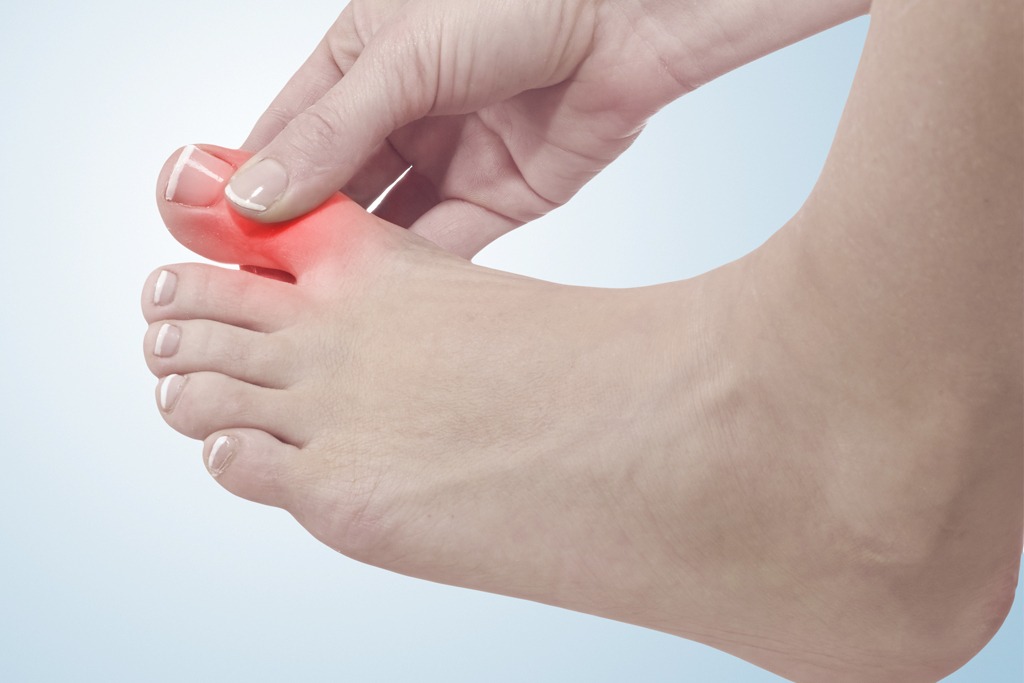
Are There Diagnostic Tests For Hallux Rigidus?
Generally, X-rays of your feet and a physical exam are the only tests required. Dr. Manson completes the X-rays and the exam in-office during your diagnostic appointment. By supporting the muscular imbalance of the foot, we may be able to slow the progression of the Hallux Rigidus deformity. Custom orthotics are used to reduce pain and slow or stop the progression of the bunion deformity. Orthotics will not correct the Hallux Rigidus, but they can help reduce your pain and get you back to the activities you’re missing out on.
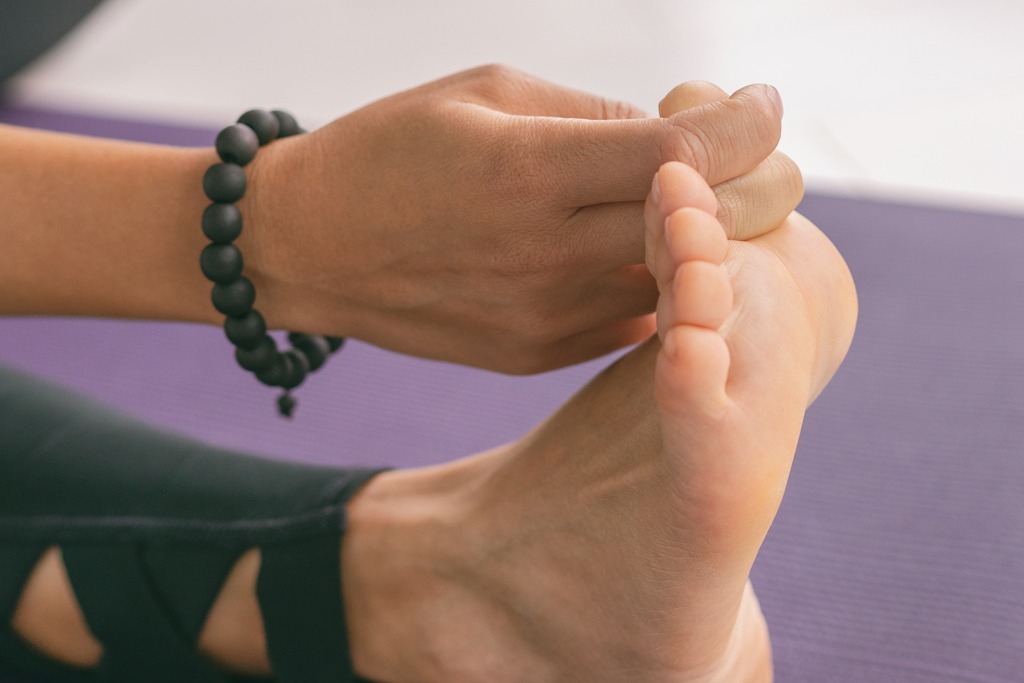
Is There A Non-Surgical Treatment Approach?
If your Hallux Rigidus is not painful or you catch it early in its development, a non-surgical or conservative treatment plan may be effective. This usually includes supportive shoes with the addition of custom orthotics – a custom-made arch support worn in your shoes. The orthotics will provide support to the structures of the foot (bones, muscles, and ligaments) and balance your feet while walking. Specific adjustments are made to the custom orthotics when treating hallux rigidus based on the severity of the condition.
OIFC Hallux Rigidus Surgery
No visible scar from the top of foot
Minimal pain post-operatively
Walking on foot in a surgical shoe from day 1
No cast or crutches required
Most people back in regular shoes at 2-3 weeks
Related Procedures
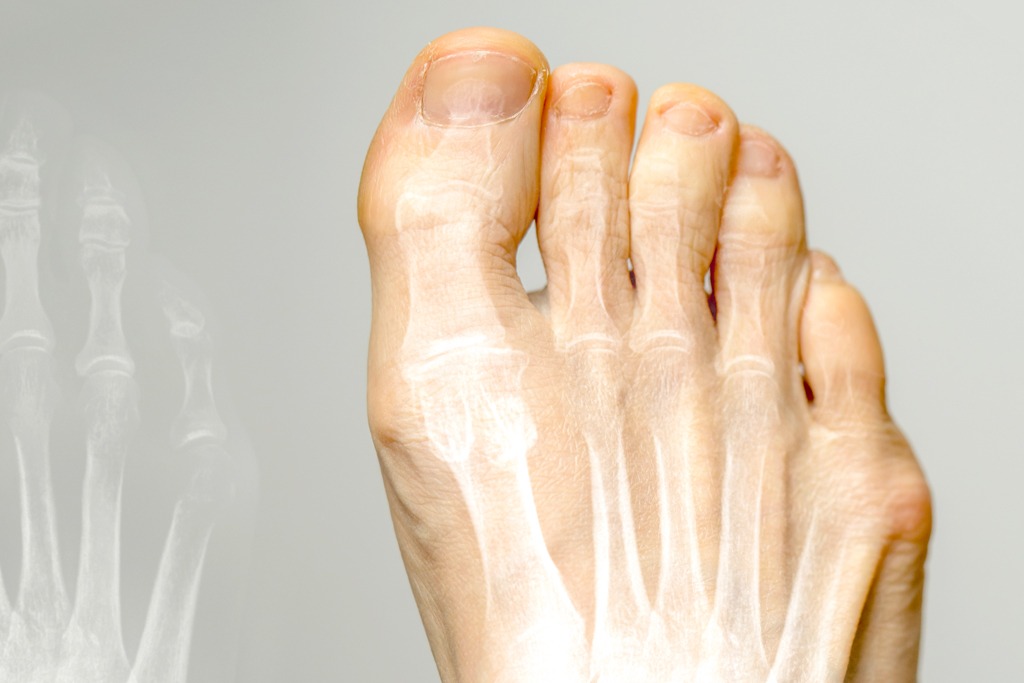
Hallux Rigidus Surgery
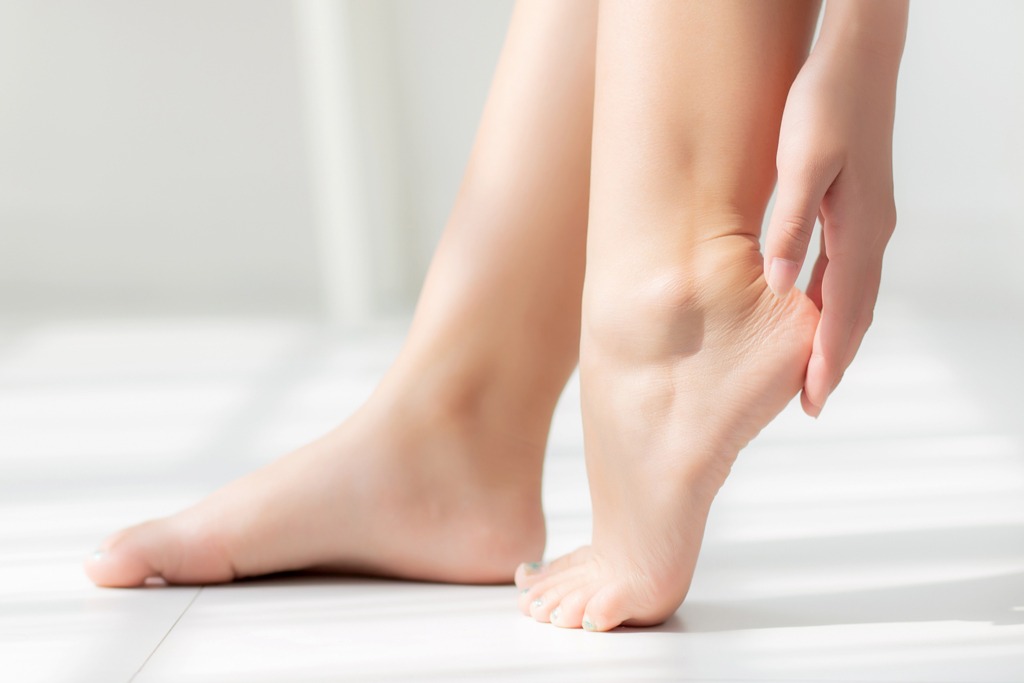
Heel Pain
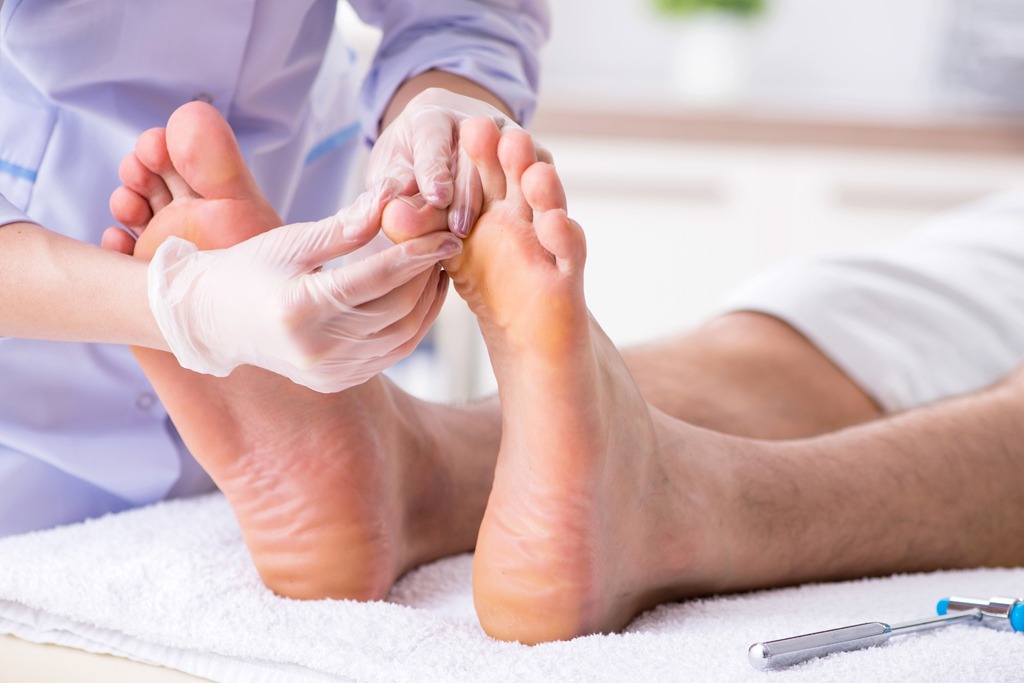
Hammertoe Surgery
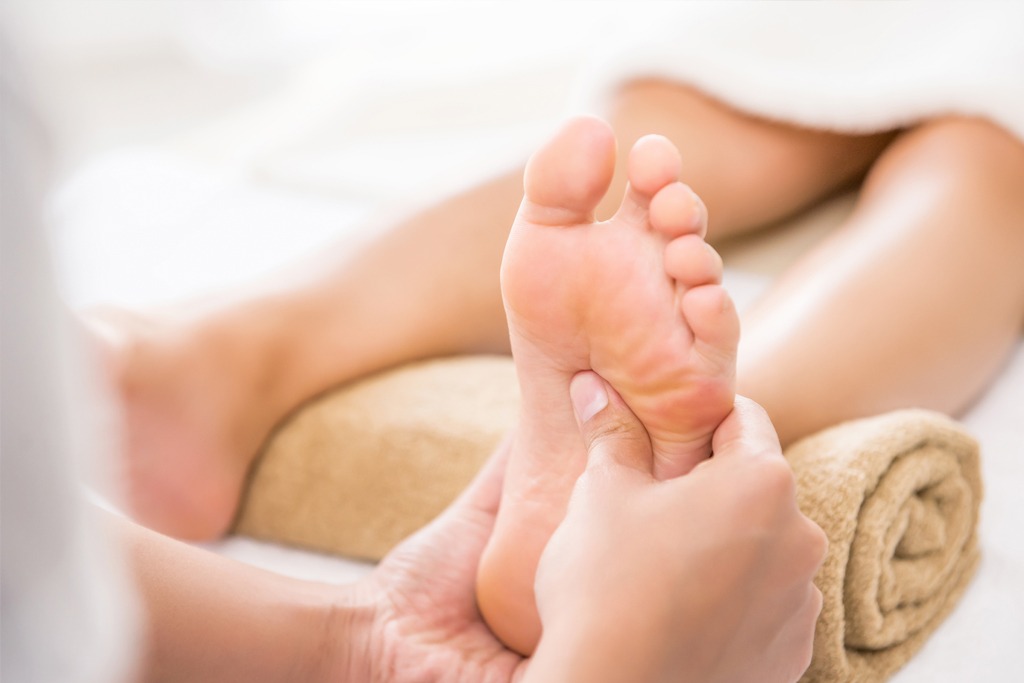
Arch Pain
Hallux Rigidus Medical Treatment Cost
At our medical spa, we offer a range of treatments to enhance your natural beauty and rejuvenate your skin. Our pricing varies depending on the specific treatment and individual needs. During your consultation, our experienced professionals will discuss the potential costs and help you choose the best treatment options to achieve your desired results. Contact us now to schedule an appointment and learn more about our treatments and pricing.
Schedule a Consultation
Schedule your consultation for Hallux Rigidus Medical Treatment in Portland. Contact Dr. Manson and set up your appointment. During your appointment, you will be able to ask questions and bring up any concerns you may have about the procedure. Contact us today to get the look you’ve always wanted!
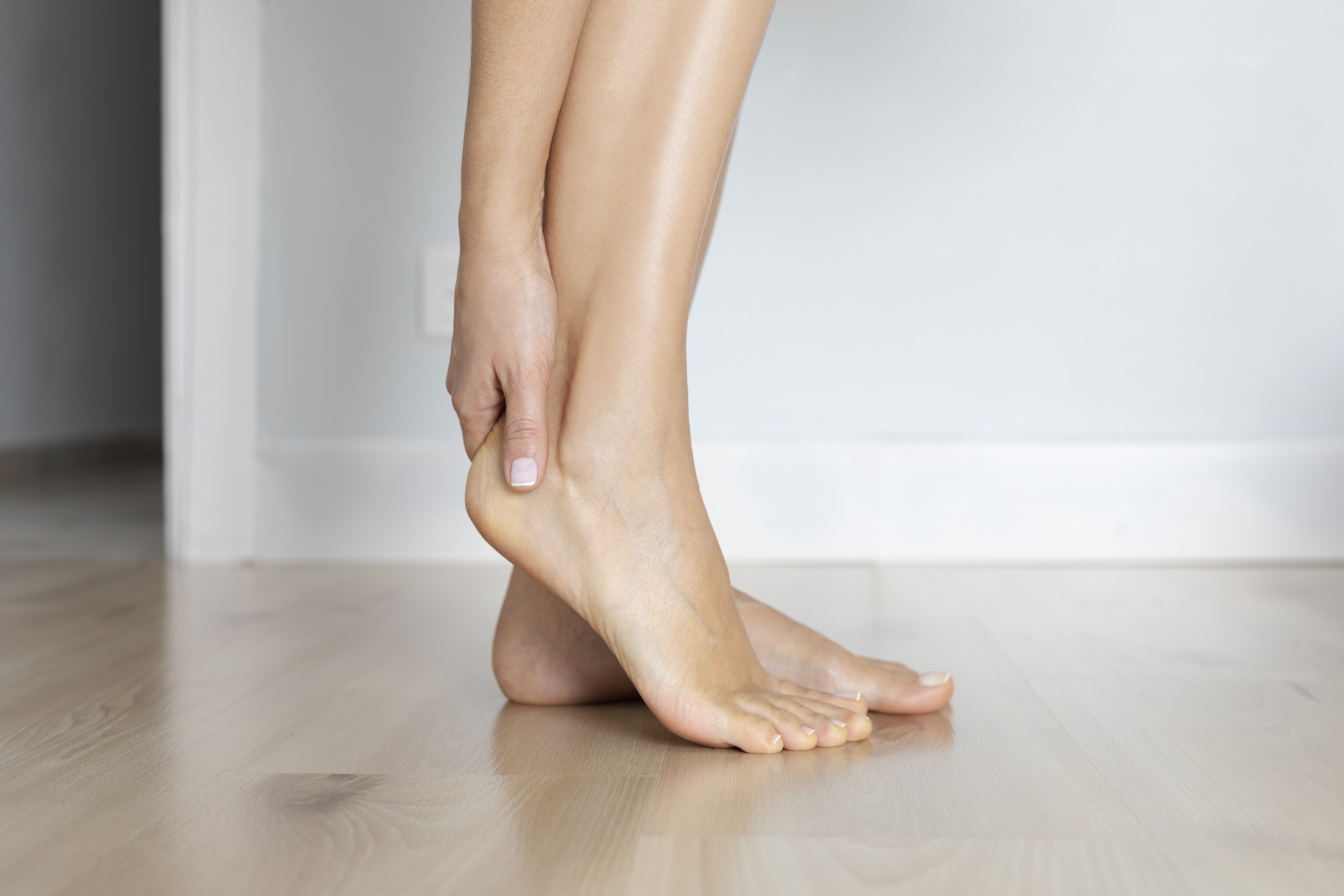
About
At Oregon Institute of Foot Care, we care about healthy, happy, beautiful feet. We strive to provide personalized foot care and achieve the outcomes, both functionally and cosmetically, that our patients desire. What sets OIFC apart is our dedication to providing the highest quality care available, utilizing the latest medical techniques and technologies, educating patients to make well-informed health care decisions, and restoring foot and ankle function as quickly and beautifully as possible. Our mission is to give you healthy, happy, beautiful feet.
About

